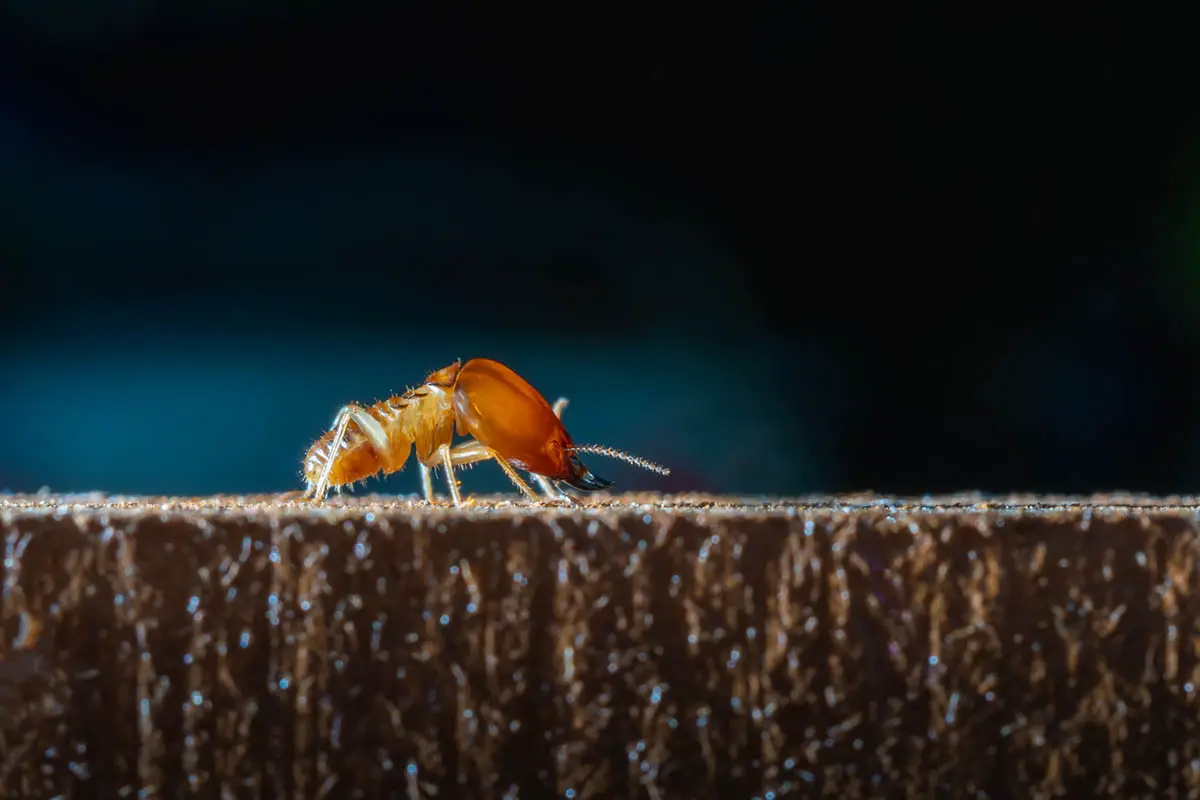Termites are destructive pests that affect the foundations of homes and structures, causing widespread structural damage. They move quickly, build up huge colonies underground which can amount to millions of individuals within a year’s time, and eat into wood faster than any other insect pest. Termites thrive in moist climates that also feature lush plant growth, which is why seeking an effective list of treatments to control termites is cruicial.
To make it easy for you to access a productive strategy for termite control, we have listed amazing treatments which drive 100% results.
But in case, none of the following treatments are sufficient to help you figure out the overwhelming state of termites, you must consider professional pest treatments and their strategies, such as Florida Environmental No Tent Termite Control options which guarantee zero presence of termites around your costly furniture.
Treatments to adopt when Termites are Overflowing:
1. Termite bait stations
Termite bait stations are one of the most common ways to control infestation in a home. The stations contain a slow-acting insecticide that is ingested by termites. If the termites take this bait back to their colony and share it among themselves and other termites, it leads to death for all of them.
The primary ingredient in North America is usually chlorpyrifos which is taken from a chemical family known as organophosphates, containing nerve agents that disrupt the central nervous system. Chlorpyrifos has been banned in Europe because of their toxicity to humans and animals. In other countries found around the world, an active ingredient such as propoxur or ethoprophos has been used instead due to their availability.
2. Termite tubes
Termite tubes, or “shelters” are the main defense against termites. They are constructed of materials that can resist water and moisture, while still having enough ventilation for cool air to enter.
The best material is steel-reinforced concrete, but if this option is not available, certain metals can be used. Plastic pipes can be an option too, though they need to be coated in waterproof products so that they do not warp when exposed to moisture.
They should be placed facing outwards so that no other objects block their outward flow. Cement corners should be installed with a drain pipe at the bottom of the joint to assist water drainage.
3. Sulfur dusting or spraying
This method includes spraying or dusting surfaces with sulfur that is naturally mined. These procedures are usually done by hand. This procedure has gone through many changes in the past few years because of its limits, which include not being able to apply inside an occupied house.
The properties of sulfur can be damaging to certain populations such as those allergic to sulfur, children under 12, pregnant women, elders below 70 years old, and pets. Dampwood termites are also dying because their breathable damp areas are being covered by sulfur dust.
4. Fumigation or heat treatment
Fumigation is the process of exposing materials to chemicals that are then activated by being heated. The first step of fumigation is usually to apply the insecticide onto the areas where termites live or nest. This can be expensive and effective for infestations that are found in large structures such as buildings, hospitals, and office buildings.
For smaller infestations like those found in homes, fumigation may not be the best option because it can lead to over-spraying and inhaling toxic fumes.
Heat treatment, on the other hand, is a safe method of killing termites without any risks of exposure to toxic chemicals. It only takes 10-seconds for heat treatment to kill all living organisms in a room.
5. Liquid termiticide application around the perimeter
A liquid termiticide is an insecticide that is used to kill termites.
Liquid termiticides can be applied to the ground in a band of about four inches wide, about 10 feet from the structure of a building. This application should be re-applied every two years because of its fast degradation.
Another common liquid termiticide application is on trees or wood logs beside the building. It has been shown that liquid termiticides will kill termites who come in contact with it and they will also remain active for many years after application.
6. Non-chemical methods to control termites
Non-chemical methods to control termites include using glue boards, which are pasted across much of the ground where termite colonies are suspected. Termites will walk across the glue and stick to the board, where they can then be identified or killed.
A similar method is used with wood stakes that are drilled into the ground around the perimeter of an infested area. These stakes should be filled with a sticky substance that is applied just before installation.
Conclusion
The article has outlined 6 different treatments for termite control. These are sulfur dusting or spraying, fumigation or heat treatment, liquid termiticide application around the perimeter, non-chemical methods to control termites, and bating terminate stations across much of the ground where termite colonies are suspected. The article has highlighted the limits of sulfur dusting, fumigation, and liquid termiticide application. So it’s clear which treatment meets your requirements and defines your goals better.


